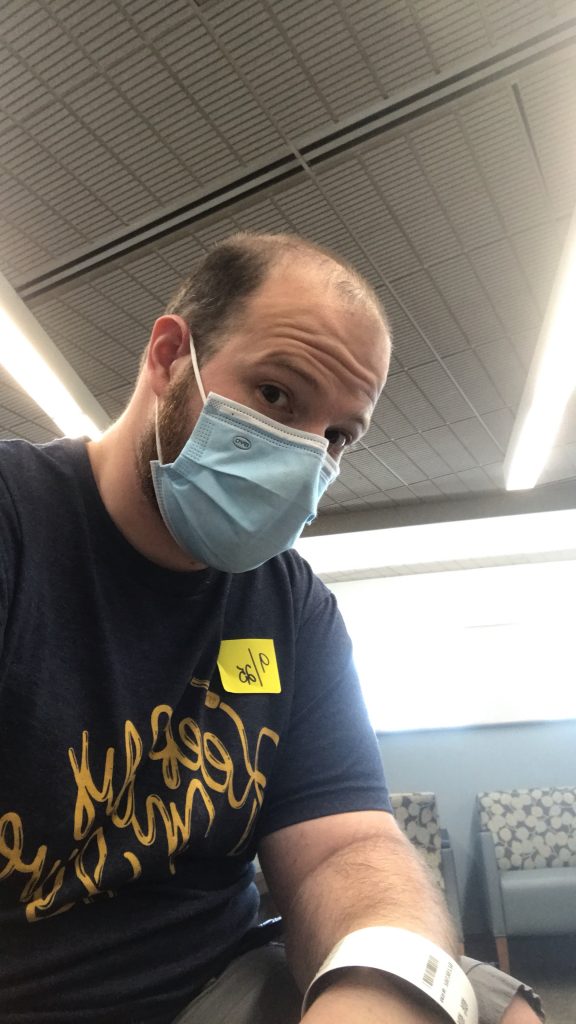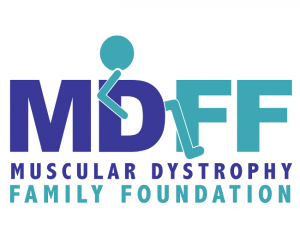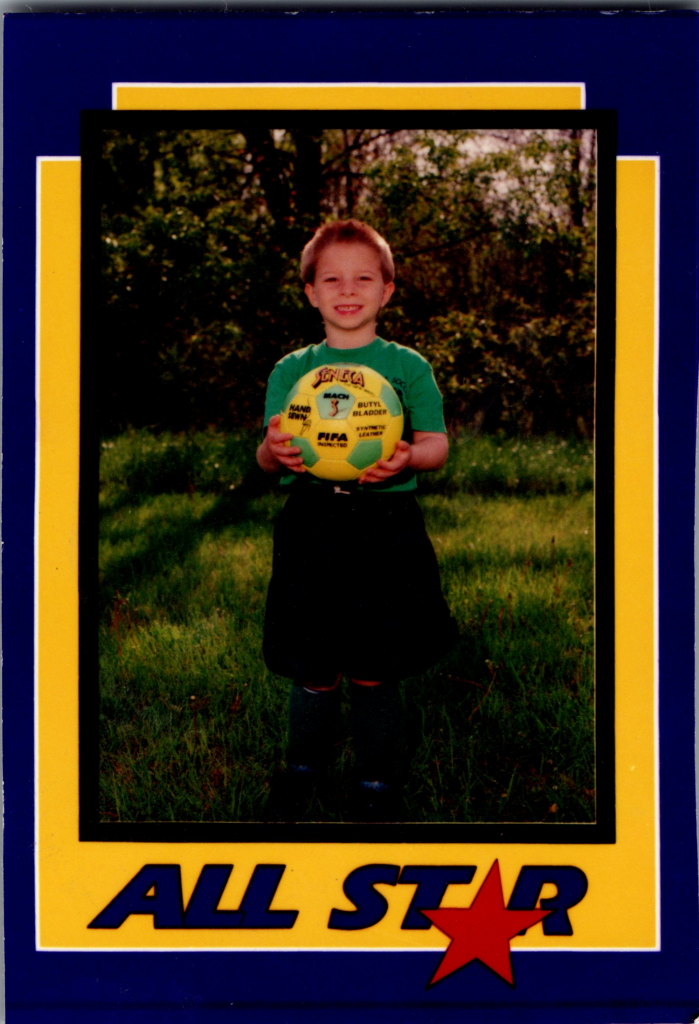About a year and a half ago, I decided to jump headfirst into Smart Home Technology. I had used some smart home tech previously, but never tried to tie it together harmoniously. I had used the Nest Thermostate for a long time; I even had a Nest Camera pointed out from the front window to keep an eye on packages arriving. Before I dove in fully, I was gifted a Google Home speaker, but didn’t use it for more than streaming music and adjusting the home’s temperature.
After attending an MDFF Expo and hearing about the fantastic things that can be done with Smart Home Technology to improve accessibility, I asked myself, “how am I not already doing this?”
I spent a significant amount of time weighing the pros and cons of both Amazon and Google as the Smart assistant for the house. Eventually landing on the Amazon Alexa, simply because I use Microsoft Office 365 for my work calendar, and at the time, Google didn’t support accessing it.
However, I still needed to decide what functionality in my home I wanted to automate and integrate. My accessibility needs are minor, so most focused on convenience with a small perk of increasing accessibility. I started pretty easy. I decided to focus on the following:
- Smart lock for front door
- Smart garage door
- Smart Doorbell
- Control my TV’s
- Smart Lighting
- Smart Blinds
I still haven’t finished implementing all of these since there is a cost to these, and sometimes it is relatively significant.
My first task was to implement smart speakers (Amazon Echo’s) throughout the house. Smart Speakers gave me the ability to control the smart devices using my voice. Immediately upon installing them, I connected my Nest Thermostat to control the home’s temperature and connected it to my Xbox in the great room. Now I was able to manage my main TV by using my voice!
After implementing the smart speakers, I started with the front door. I spend a fair amount of time exercising in my chair, and nothing more annoying than having to fight to get up a ramp and unlock a door using keys. However, another huge perk of this is integrating it with Alexa. I would like you to picture this. You have a physical disability and are unable to get out of bed on your own without assistance. You have a PCA who cares for you, but who wants to leave a door unlocked all night, or trust a stranger with a key to their home? By having a smart lock connected to Alexa, you can wake up, still in bed, and use your voice to unlock the front door!
Well, as a technologist, you need to plan for failure. Let’s say your internet is out, Alexa can’t unlock the door. The smart lock I went with also has Bluetooth, so I’m able to unlock the door over Bluetooth with my cell phone.
My next step was to have a smart garage door. Driving to work (Pre COVID-19), I had a bad habit of panicking on my drive to work on if I remembered to close the garage door or not. I also wanted to enter the house through the garage, not just the front door. I landed on the MyQ Smart Garage Door Opener – now I broke one of my rules with this one. It doesn’t directly integrate directly with Alexa; I have to use IFTTT to integrate the two. There are plenty of blog posts out there on this. A simple Google search will find you the answer to do this. By having a smart garage door, the best part was 10 minutes into my drive to the office if I question myself at 6 am – uhh, did I lock the door? I could pull open an app on my phone (while not driving, of course) and see the door’s status.
My next task was to implement a Smart Doorbell using a Ring. Who doesn’t want to look through the peephole of a door to see if it’s a door-to-door salesperson? I know I do, and it is a pain to stand up out of my chair to do it. I had a Nest Camera pointed out a window, but through the window mesh screen, the quality was junk. After installing the Ring doorbell, I was able to get notifications to my phone when someone gets to the door. Still, I’m also able to integrate it with Alexa, and while lying in bed, tell Alexa to show me the front door, and even talk to whoever is there (more on this next.)
The last one I’ve implemented so far is the Fire TV Cube. When I set up the Echo’s throughout the home, I had access to my Xbox, but what about the TV in my room? I have a terrible habit of going to sleep watching TV, and who hates waking up in the middle of the night to find the remote to turn it off? Your disability may impact you to the point that if it isn’t in reach, you can’t change it, adjust the volume or turn the TV off. I set up the Fire TV Cube in the bedroom, and what a world of difference it makes! I can control Netflix, Disney+, Amazon Prime video, my TV channels in general, all using my voice! Being able to manage all of this with your voice is fantastic when you wake up in the middle of the night, realizing the TV is still on and need to mumble “Alexa, TV off,” It happens! An additional perk that came with this is I now could have Alexa answer my front door while lying in bed. I didn’t even need to reach for my cell phone to see who was at my door!
I still haven’t gotten to implementing the smart lights, because I plan on switching out the light switches, and my house has a ton of them! Most of them being 3-way light switches that I don’t want to mess with right now, or the smart blinds; simply because I only want to put those in my office since I recently replaced all but my office blinds with non-smart ones as they were falling apart.
If you would like to get the same equipment I used, please see the links below!


